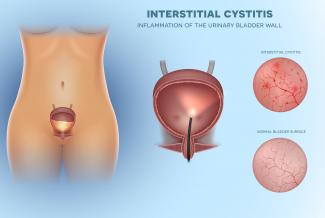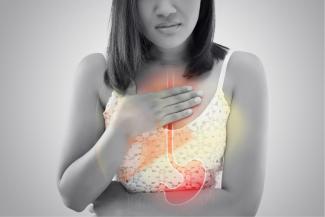News
- Low Vitamin D status linked with Dementia
07 Nov 14
- Qigong in the treatment of Fibromyalgia
07 Nov 14
- Acupuncture therapy for stroke patients
01 Oct 14
- Melatonin disruption negatively impacts breast cancer therapy
01 Oct 14
- Vitamin C has numerous protective health benefits
01 Oct 14
- Vitamin D status and cardiovascular disease risk
01 Oct 14
- High-Dose Vitamin B12 as a treatment for Peripheral Neuropathy
01 Oct 14
- Ginseng may protect against BPA exposure
10 Sep 14
- Probiotics may help reduce blood pressure
10 Sep 14
- Magnesium associated with severity of diabetes
10 Sep 14
- Moderate wine consumption may help reduce depression
10 Sep 14
- Three natural anti-inflammatory agents relieve pain in osteoarthritis
10 Sep 14
- Pilates Improve Low Back Pain
06 Aug 14
- Vitamin B12 Infusions Decrease Homocysteine during Anaesthesia
06 Aug 14
- Pistachio Nuts Good for the Heart of Type 2 Diabetics
06 Aug 14











